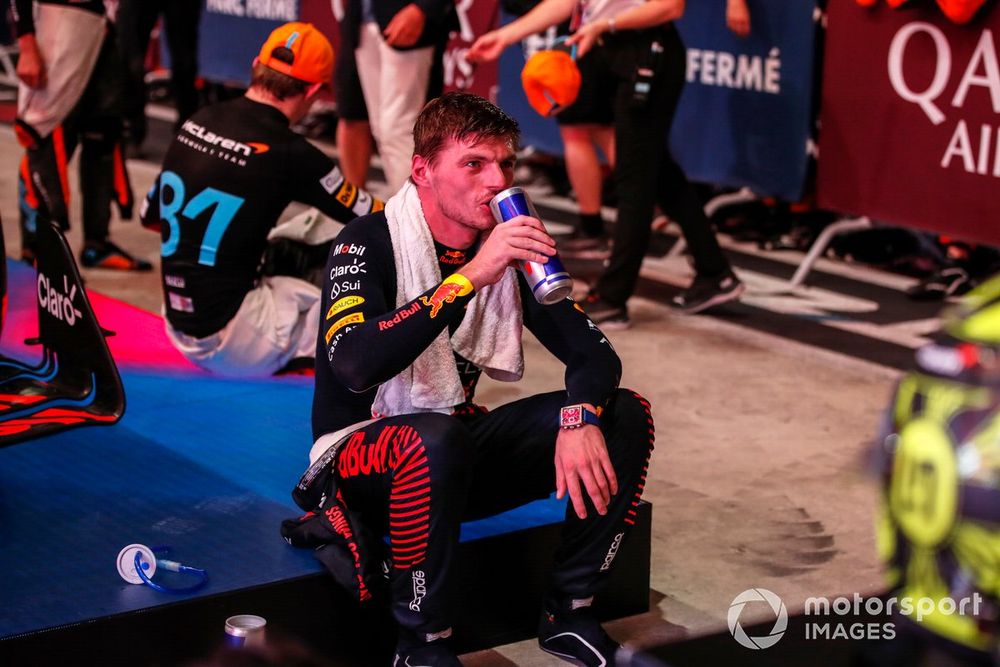The FIA is to trial fitting a simplified air conditioning system to Formula 1 car cockpits after drivers suffered health scares in the extreme heat of the 2023 Qatar Grand Prix, Autosport can reveal.
When the Qatar track returned to the F1 calendar last year, its schedule-placing in early October meant even during its night-time track session settings temperatures for the race never dipped below 31°C on what is a fast, high-energy circuit layout.
This led to several drivers having suffering physical problems as they pushed on over the race’s 57-laps, with Williams’ Logan Sargeant withdrawing with heatstroke, Alpine driver Esteban Ocon vomiting in his helmet and Aston Martin racer Lance Stroll briefly passing out.
Watch: View from the Paddock – F1 News – Hungarian Grand Prix Thursday
Following this, and in consultation with all the teams, the FIA instigated an investigation into what had occurred.
It promised “material action now to avoid a repeat of this scenario”, even with Qatar moving back to December for its 2024 edition and temperatures therefore predicted to be lower, in a statement released last October.
Part of the FIA’s effort included consulting with its medical commission, with a subsequent step quickly arriving in F1’s 2024 technical rules that allowed a second cooling inlet scoop to be placed on the top of the nose at the front of the cockpit to improve airflow towards drivers.
The governing body has now made good on its post-Qatar vow to produce “guidance for competitors” and “research into modifications for more efficient airflow in the cockpit”.

Max Verstappen, Red Bull Racing, 1st position, has a drink in Parc Ferme
Photo by: Zak Mauger / Motorsport Images
Starting at the upcoming Dutch GP, an experimental system will be fitted to one car to test an FIA-researched method of direct in-cockpit air cooling.
Unlike a standard air conditioning unit, however, Autosport understands the system is arranged in several smaller structures around the cockpit and its surrounding car bodywork, to channel cooled air to the driver.
Tests at subsequent races will follow the Zandvoort experiment and if these all prove successful the FIA will introduce the system as mandatory in F1’s rules.
But it will only get teams to fit the device if conditions require its use, as had been part of the FIA’s aborted attempt to fit temporary wheel spray guards to cars in extreme wet weather.
In a statement…
Click Here to Read the Full Original Article at Autosport.com – Formula 1 – Stories…

